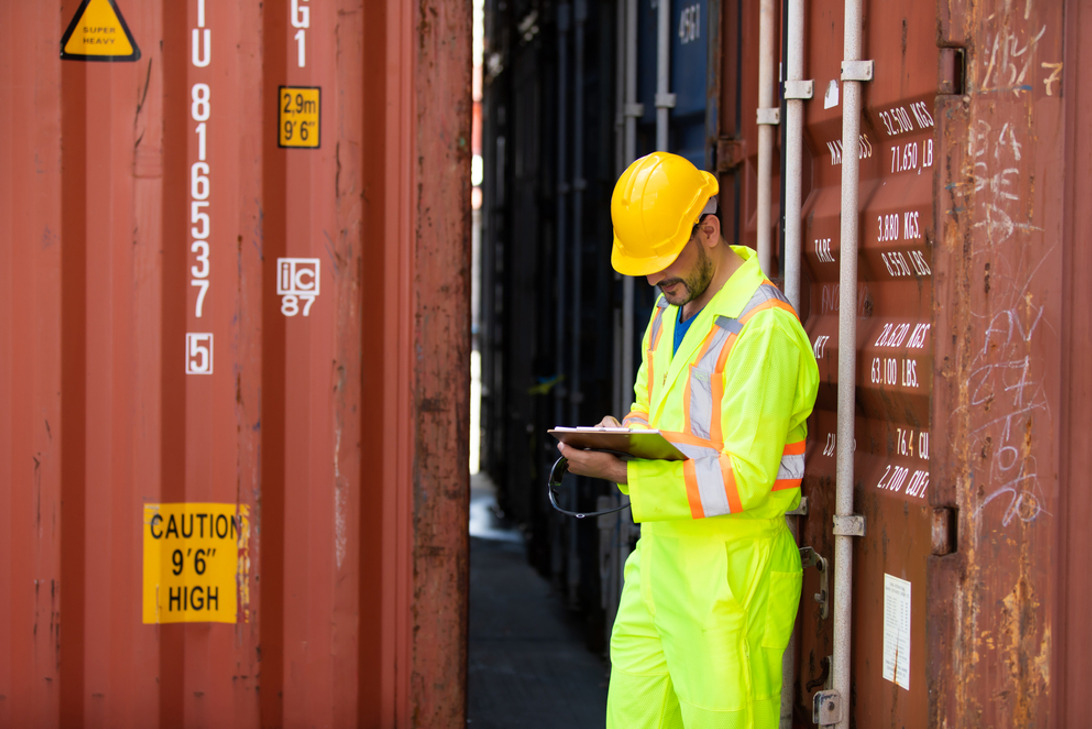Container Loading and Unloading Inspection Services
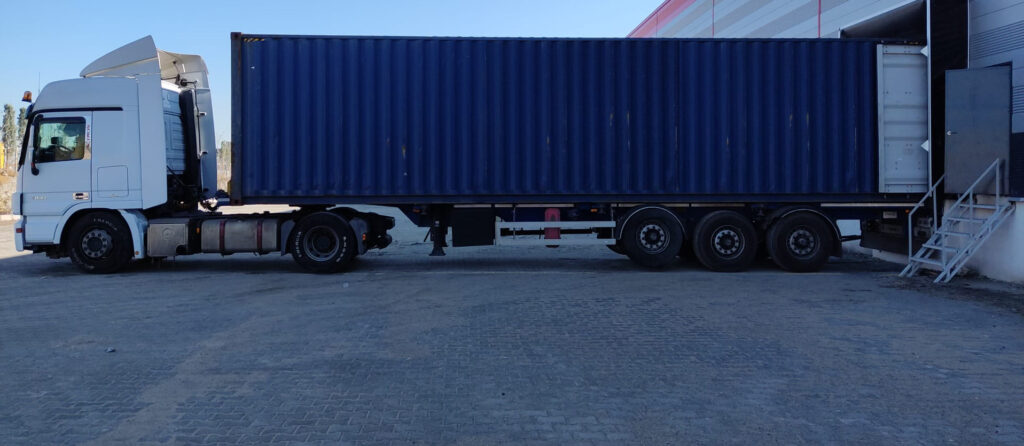
Loading Inspection Process:
Meteorological condition records, container arrival times, shipping container records
Complete container inspection
Quantity Check
Random selection of sample boxes to control
Monitor the load / unload process to ensure proper handling, minimize corruption Maximize space utilization
Seal the container with customs
Make a note of the seal number and the departure time of the container
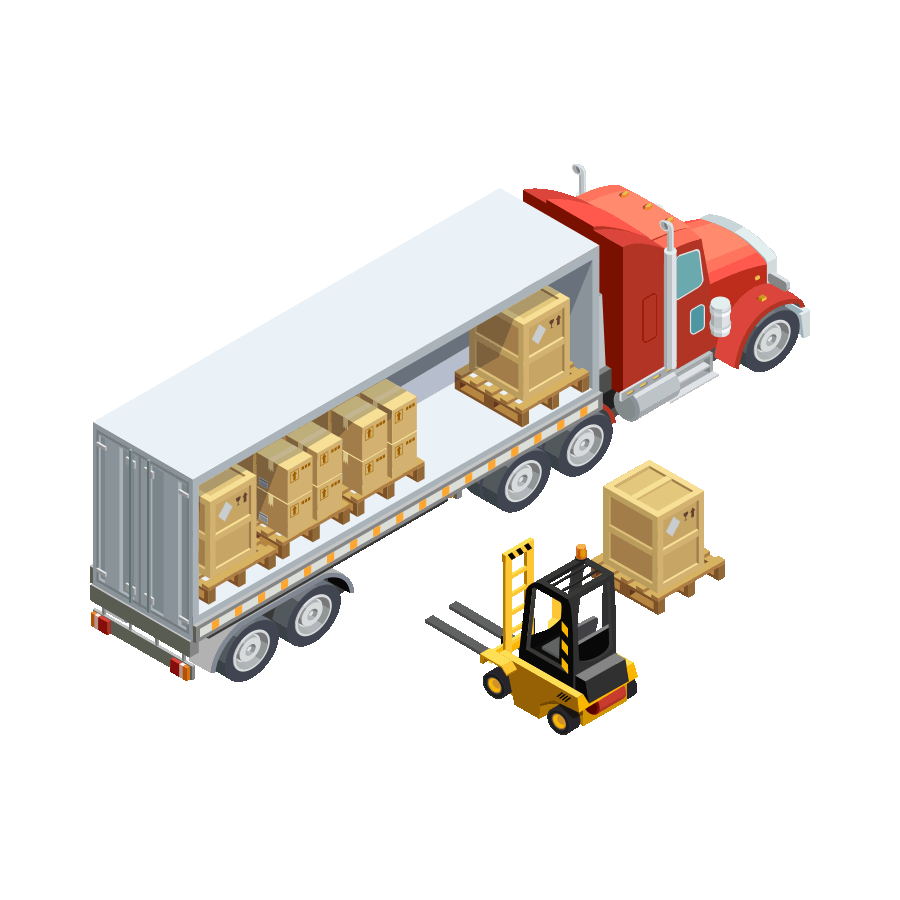
Unloading Inspection Process:
Arrival time of the container
Examining the container opening process
Checking the validity of the unloading documents
Check the quantity, packaging, and label of the item
Observe unloading to see if the goods are damaged during these processes

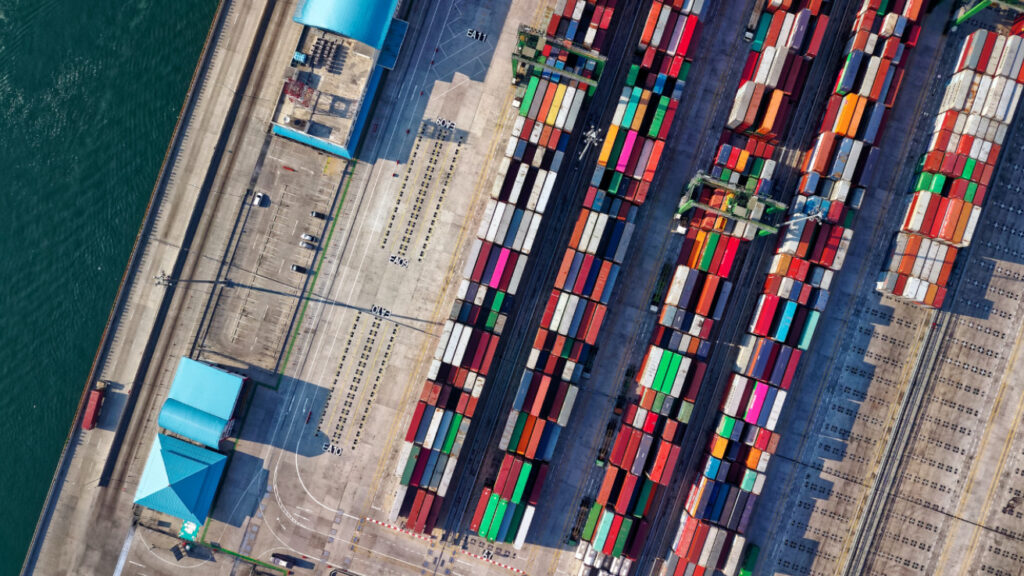
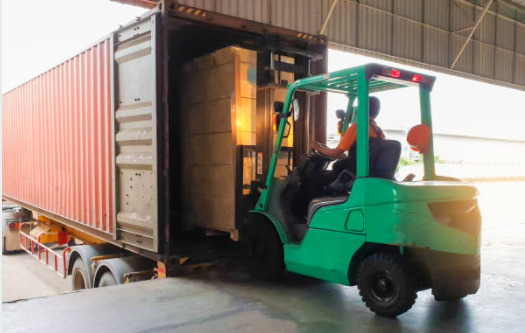
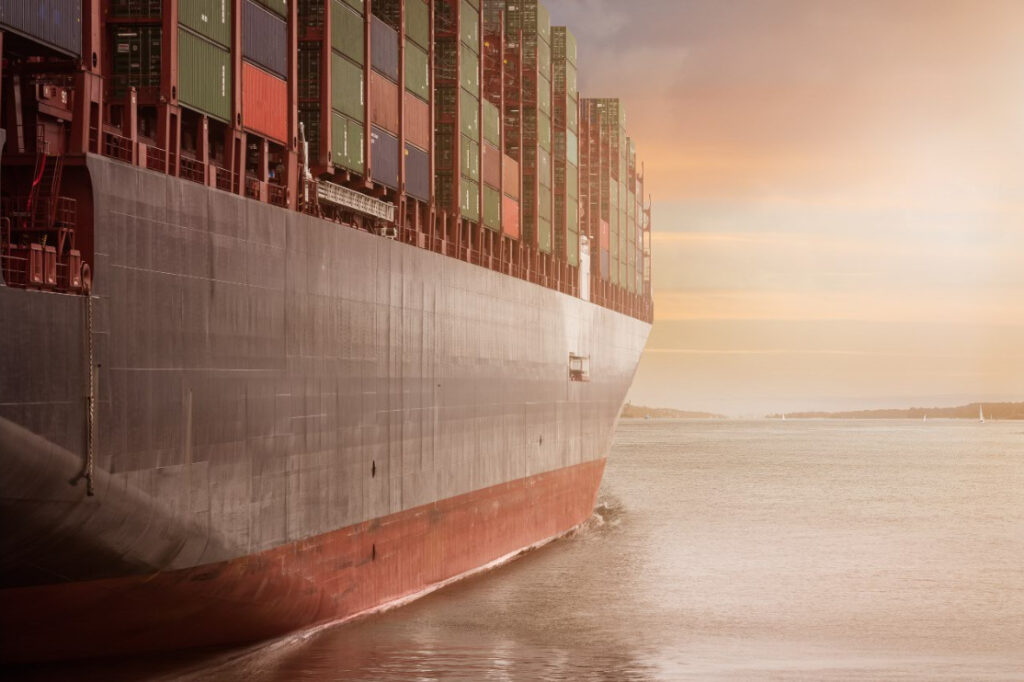
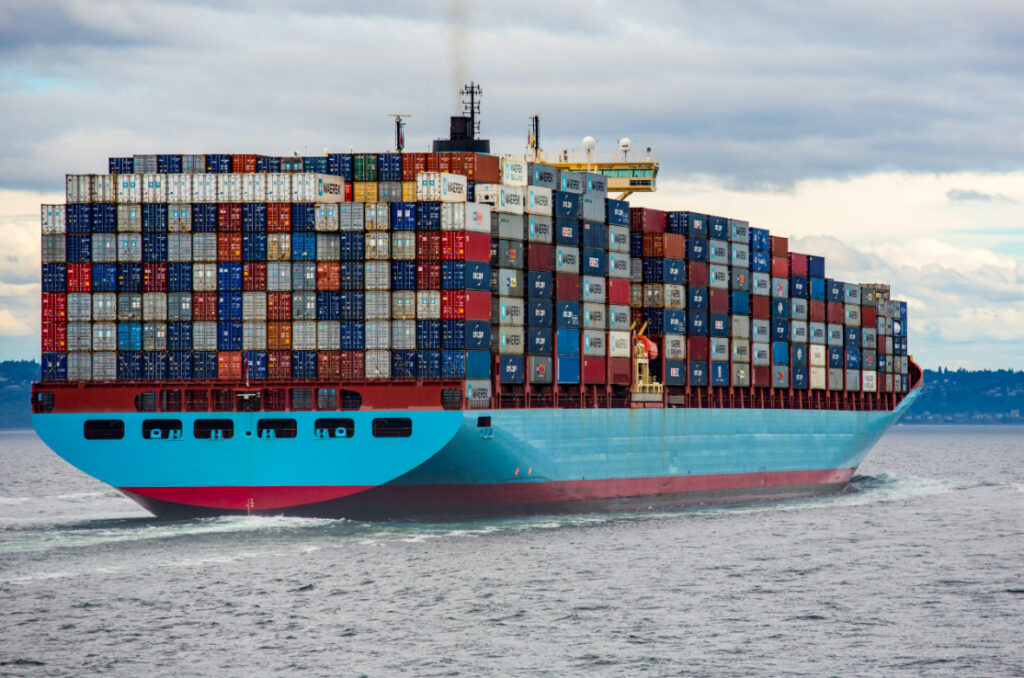
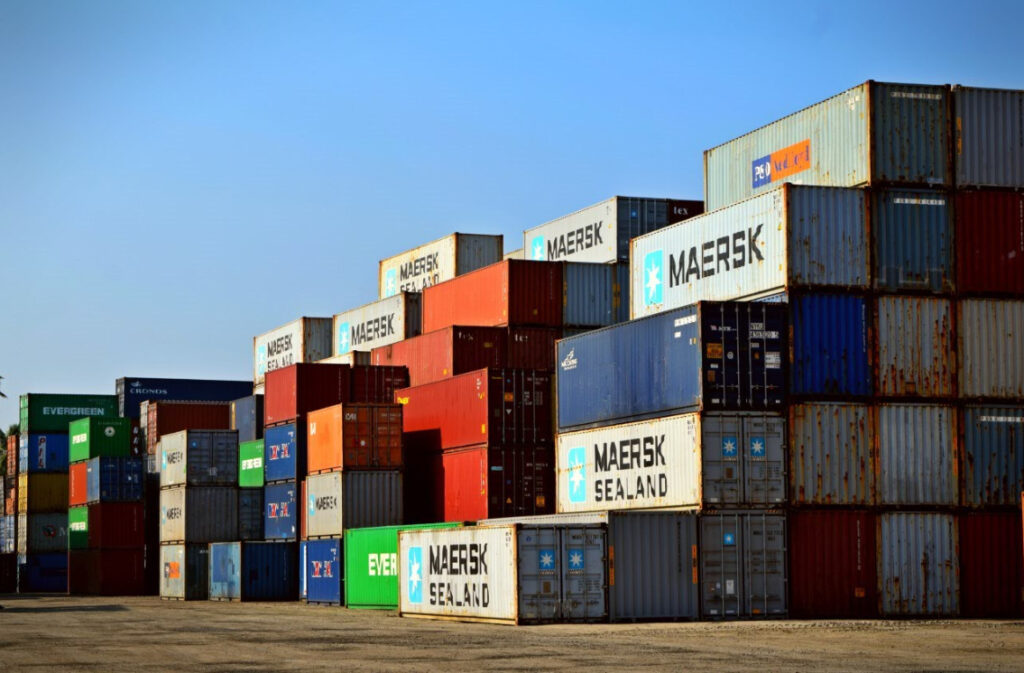
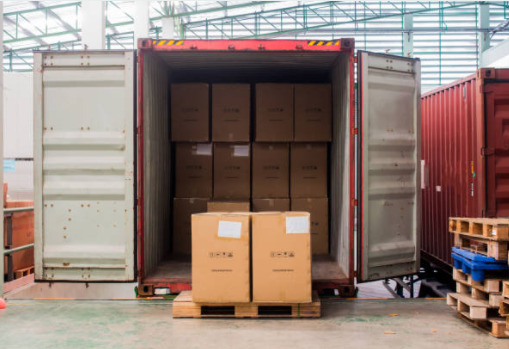
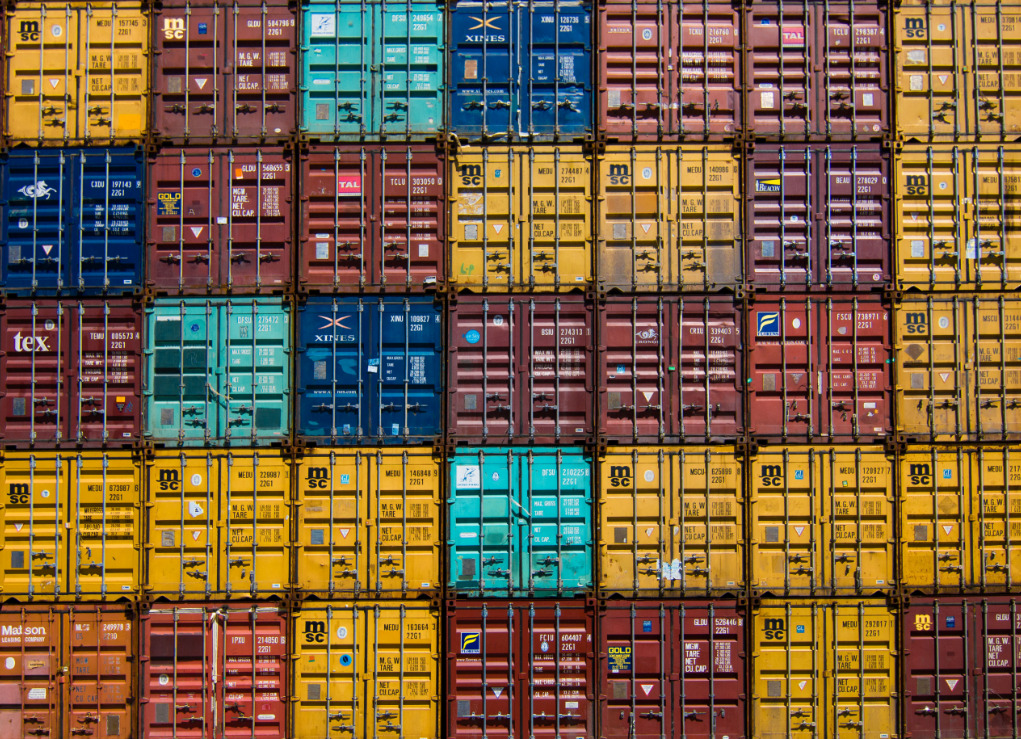

SERVICE DETAILS
Here is a comprehensive and detailed description of the Loading and Unloading Inspections service provided by Modulus Metal in Turkey, including key steps to ensure the highest standards of quality and safety throughout the shipping process:
Loading and Unloading Inspections
Loading and unloading inspections are critical components of the supply chain that ensure products are handled correctly during transit, minimizing the risk of damage, loss, or quality degradation. Modulus Metal’s Loading and Unloading Inspections service encompasses a thorough examination of all aspects related to the transportation of goods, from pre-loading preparations to final unloading at the destination. This service guarantees that products are securely packed, accurately documented, and handled with care to meet customer specifications and industry standards.
Key Services Included:
1. Pre-Loading Inspections
2. Loading Process Supervision
3. In-Transit Monitoring
4. Unloading Process Supervision
5. Post-Unloading Inspections
6. Documentation and Reporting
1. Pre-Loading Inspections
Pre-loading inspections are conducted before the actual loading of goods onto transportation vehicles (e.g., trucks, containers, ships). This stage ensures that all preparations meet the necessary standards to prevent issues during transit.
Key Steps:
a. Container Examination:
– Cleanliness Check: Inspect containers for cleanliness to prevent contamination or damage to products.
– Structural Integrity: Assess the physical condition of containers for any signs of wear, dents, or leaks that could compromise the safety of the goods.
– Dryness Verification: Ensure containers are dry to avoid moisture-related damages, especially for sensitive materials.
b. Packaging Evaluation:
– Material Quality: Verify that packaging materials (boxes, pallets, straps, foam) meet the required specifications for strength and protection.
– Seal Integrity: Check that all seals are intact and tamper-evident to ensure security during transit.
c. Product Verification:
– Quantity Confirmation: Cross-check the number of items against shipping documents to ensure accurate counts.
– Quality Assurance: Conduct random sampling to inspect product quality, ensuring compliance with customer and industry standards.
– Labeling Accuracy: Ensure all packages are correctly labeled with relevant information such as product codes, handling instructions, and destination details.
d. Environmental Assessment:
– Temperature and Humidity Control: For products sensitive to environmental conditions, verify that appropriate measures (e.g., refrigeration) are in place.
– Weather Conditions: Record current weather conditions to assess any potential risks during loading and transit.
2. Loading Process Supervision
Supervising the loading process ensures that goods are handled properly, minimizing the risk of damage and optimizing space utilization within the transport vehicle.
Key Steps:
a. Loading Technique Assessment:
– Proper Handling: Ensure that all personnel follow best practices for lifting and moving products to prevent physical damage.
– Stacking Methods: Verify that products are stacked securely to avoid shifting or collapsing during transit.
b. Space Optimization:
– Efficient Use of Space: Arrange products to maximize space without compromising accessibility or safety.
– Weight Distribution: Ensure even weight distribution to maintain vehicle stability and compliance with transportation regulations.
c. Protection Measures:
– Cushioning Placement: Use appropriate cushioning materials between packages to absorb shocks and vibrations.
– Secure Fastening: Confirm that all items are firmly fastened using straps, ties, or other securing methods to prevent movement.
d. Seal Application:
– Seal Verification: Apply and document seals correctly, noting seal numbers for future reference and security purposes.
– Tamper-Evidence: Ensure that seals provide evidence of any unauthorized access during transit.
3. In-Transit Monitoring
Monitoring the shipment during transit helps identify and address any issues that may arise, ensuring the integrity of the goods until they reach their destination.
Key Steps:
a. Real-Time Tracking:
– GPS Monitoring: Utilize GPS technology to track the location and movement of shipments in real-time.
– Route Optimization: Monitor the chosen routes for any delays or deviations that could impact delivery schedules.
b. Condition Monitoring:
– Environmental Sensors: For sensitive products, use sensors to monitor temperature, humidity, and other environmental factors continuously.
– Shock Detection: Implement devices that detect and record any excessive shocks or vibrations that could indicate potential damage.
c. Communication Protocols:
– Regular Updates: Maintain open lines of communication with drivers and logistics personnel to receive updates on shipment status.
– Issue Reporting: Establish protocols for promptly reporting and addressing any incidents or anomalies detected during transit.
4. Unloading Process Supervision
Supervising the unloading process ensures that products are handled with care upon arrival, preventing damage and verifying that shipments match the initial specifications.
Key Steps:
a. Arrival Inspection:
– Container Condition Check: Inspect containers for any signs of damage or tampering upon arrival.
– Seal Verification: Confirm that seals are intact and match the records to ensure the shipment has not been accessed during transit.
b. Unloading Technique Assessment:
– Proper Handling: Ensure that unloading personnel follow best practices to prevent physical damage to products.
– Safe Equipment Use: Verify that appropriate equipment (e.g., forklifts, pallet jacks) is used safely and correctly during unloading.
c. Damage Assessment:
– Visual Inspection: Conduct a thorough visual inspection of all packages for any signs of damage incurred during transit.
– Functional Testing: For sensitive or high-value items, perform functional tests to ensure they are operational and undamaged.
d. Quantity Verification:
– Cross-Checking Counts: Compare the number of items unloaded with the shipping documents to identify any discrepancies.
– Reporting Shortages: Document and report any shortages or overages immediately to relevant stakeholders.
5. Post-Unloading Inspections
Post-unloading inspections provide a final verification that all aspects of the shipment meet quality and safety standards before the products are released for use or further distribution.
Key Steps:
a. Final Quality Assurance:
– Comprehensive Inspection: Perform a detailed inspection of all products to ensure they meet the required quality standards.
– Compliance Verification: Confirm that all products comply with regulatory and customer-specific requirements.
b. Documentation Review:
– Shipping Document Confirmation: Ensure that all documentation accurately reflects the contents of the shipment.
– Issue Logging: Record any issues identified during inspections for future reference and corrective actions.
c. Feedback and Reporting:
– Detailed Reports: Provide comprehensive reports to customers detailing the inspection results, including any discrepancies or damages found.
– Continuous Improvement: Use feedback from inspections to improve loading and unloading processes continually.
6. Documentation and Reporting
Accurate documentation and reporting are essential for maintaining transparency, accountability, and traceability throughout the loading and unloading processes.
Key Steps:
a. Record Keeping:
– Inspection Logs: Maintain detailed logs of all inspections conducted, including dates, times, personnel involved, and findings.
– Seal and Container Records: Document all seal numbers, container conditions, and any incidents that occur during transit.
b. Reporting:
– Comprehensive Reports: Generate detailed reports summarizing inspection results, including any deviations from standards and corrective actions taken.
– Customer Communication: Share reports with customers promptly to keep them informed about the status and condition of their shipments.
c. Compliance Documentation:
– Regulatory Compliance: Ensure all documentation meets relevant regulatory requirements and industry standards.
– Audit Readiness: Maintain organized records to facilitate easy access during audits or quality reviews.
Benefits of Modulus Metal’s Loading and Unloading Inspections
– Risk Mitigation: Identifies and addresses potential issues before, during, and after transit, reducing the risk of damage or loss.
– Quality Assurance: Ensures that all products meet specified quality standards, maintaining customer satisfaction and trust.
– Operational Efficiency: Streamlines loading and unloading processes, optimizing time and resource utilization.
– Traceability: Provides comprehensive documentation for traceability, accountability, and compliance purposes.
– Continuous Improvement: Utilizes inspection data to continuously enhance shipping processes and quality control measures.
By implementing these detailed loading and unloading inspection services, Modulus Metal ensures that products are handled with the utmost care and precision throughout the entire transportation process. This comprehensive approach not only safeguards the integrity of the goods but also builds strong, reliable relationships with customers by consistently delivering high-quality products in optimal condition.
Ports:
Mersin: MIP
Asyaport: Tekirdağ
SafiPort: Derince
Marport: İstanbul
Kumport: İstanbul
Petlim: İzmir
Mardaş: İstanbul
DP World: Kocaeli
Gemport: Bursa
Limakport: İskenderun
Yılport: Gebze
İzmir Alsancak limanı
Evyapport: Kocaeli
Ege Gübre
Port akdeniz: Antalya, Konyaaltı
Haydarpaşa: İstanbul
Nemport: İzmir, Aliağa
Borusan: İstanbul
Trabzon port: Trabzon
Çelebi bandırma: Balıkesir
Tekirdağ Ceyport
Samsunport
Assanport: Hatay
RodaPort: Bursa
Limaş: Kocaeli
Karasu port: Sakarya
Akçansa port: Samsun
ISO CONTAINER STANDARDS LIST


